A Hidden Gem of Renewable Energy Here's An Inside Look at the Only Hydropower Plant in Kansas
Published September 1st, 2022 at 6:00 AM
Above image credit: Sarah Hill-Nelson standing in front of Bowersock Mills & Power Co.’s hydroelectric plant. (Yasmine Ferhat)For most Kansans, talk of renewable energy quickly turns to the wind.
After all, Kansas ranks as the state with the third-highest share of electricity generated by wind in the country. It’s hard to drive for long anywhere in the state without seeing a wind turbine.
The energy source that’s easily forgotten, however, is hydropower.
Aug. 24 was National Hydropower Day. And this year the celebration was elevated by the recent passage of the climate-focused Inflation Reduction Act.
This legislation is designed to reduce energy costs, accelerate decarbonization, and greatly expand clean and renewable energy production through tax breaks, including hydropower.
Sarah Hill-Nelson is the current owner and operator of Bowersock Mills & Power Co.’s hydroelectric plant that sits on the Kansas River near Massachusetts Street in Lawrence. She also happens to be a descendant of the original owner.
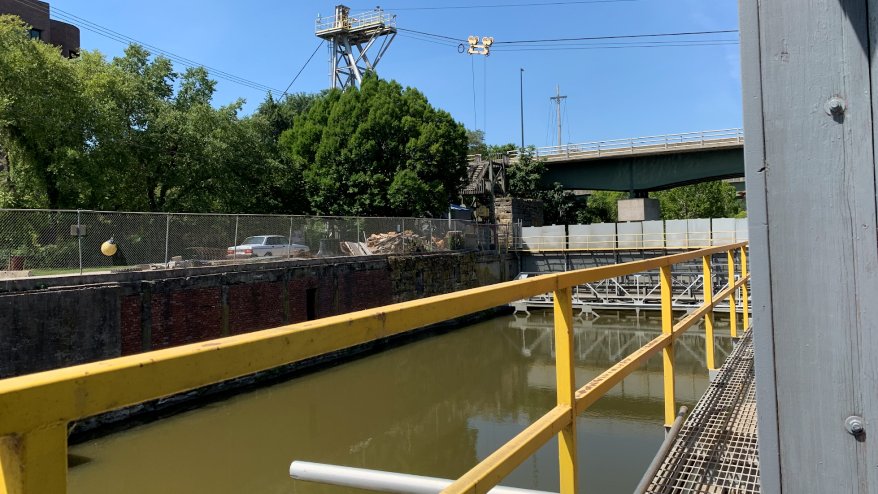
“We’ve been generating some kind of energy here since 1874, whether it’s mechanical or electrical,” Hill-Nelson said. “It went out of our family when my great great grandfather, J.D. Bowersock died. It went to another family partner, the Jackman family, and it was with them until 1972 when my dad bought it back.”
Bowersock faced challenges throughout the 1970s, ‘80s and ‘90s because it couldn’t sell power at retail and the fees were too high to move energy to the grid.
“Then in the late 1990s, the FREC (Federal Regulatory Energy Commission) passed these orders that said the grid is paid for by consumers, therefore everybody should have fair, open and equal access to the grid,” she said.
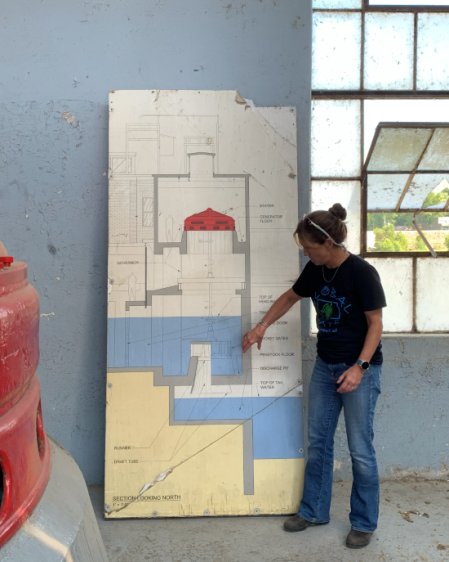
Notably, fossil fuel plants are only built to last 30 to 50 years. In comparison, Bowersock has been operating for well over a century.
“Hydropower is the single cheapest form of energy that we know how to produce today, and that’s because these plants last so long,” Hill-Nelson said. “You get to take the initial cost of building the plant, and spread it over hundreds of years.”
The reason a hydroelectric plant can last up to 150 years is because the machinery operates at slow speed.
“Gas and coal plants run at very high speeds, which puts huge wear on the runners,” she said. “Our units run 109 RPM (revolutions per minute). In a good year, we’ll generate 32,000 MWh (megawatt hours) of electricity.”
For reference, that is enough energy to power about 3,500 homes.
But how does the plant actually work?
“All that we’re doing is borrowing the weight of the water,” she said. “The farther the water falls, the more energy it has when it’s dropping, so our job is to stack the water as high as we can upstream to make it fall as far as possible as it moves through the plant.”
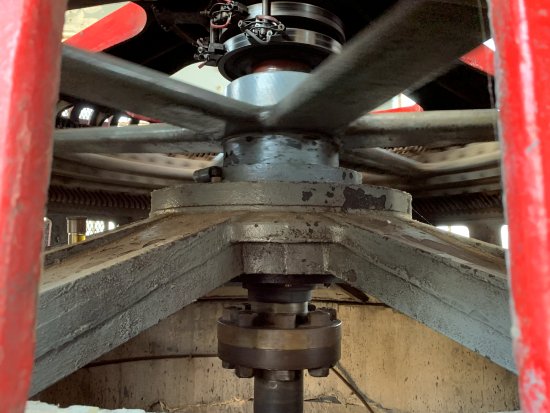
Hydroelectric power is environmentally elegant.
“We don’t consume water, we don’t pollute the water, we don’t do anything to change the water,” Hill-Nelson said. “After borrowing the weight of the water, it continues downstream where it maintains river populations and supplies water for other communities.”
All of Bowersock’s energy is bought by the Kansas City Board of Public Utilities (KCBPU). Bowersock’s relationship with KCBPU is fairly recent, and it came about when the plant was looking to expand north.
“We knew in order to borrow money to build this plant, which was a $25 million project, we had to have a long-term contract,” Hill-Nelson said. “So we established a 25-year power-purchase agreement with KCBPU.”
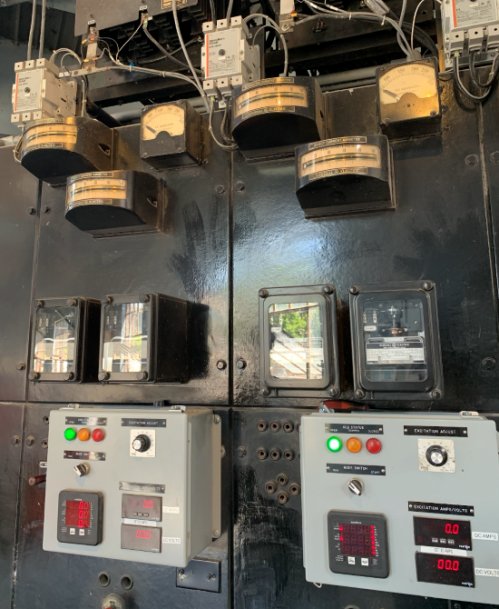
They signed the contract in 2010, and the expansion was built in 2013.
“It wasn’t that long ago when we were an almost all coal-fire-generated utility,” said David Mehlhaff, chief communications officer for the Kansas City Board of Public Utilities (KCBPU). “We decided that since we’re community-owned, we should really focus more on the community we live and work in, so we started looking at ways to be greener.”
“We reduced our coal consumption by 62% from 2007 to 2020,” Mehlhaff said.
Bowersock had attracted KCBPU since they were a family owned business and had been operating for generations – a testament to the plant’s reliability and longevity.
“When a wind turbine loses its lifespan, all the parts have to go somewhere,” Mehlhaff said. “With hydropower, you’re harnessing the water, and the dams that are already there also help with flood control. We’re taking something that’s existed for generations, a natural resource, to create energy.”
In addition to the partnership with a major utility like KCBPU, Bowersock has been able to succeed in large part due to federal support.
“The great thing about hydro, actually, is that it has more bipartisan support than any other form of renewable energy,” Hill-Nelson said. “The Biden administration has done more to help hydropower through this current Inflation Reduction Act than has been done since the Energy Policy Act of 2005.”
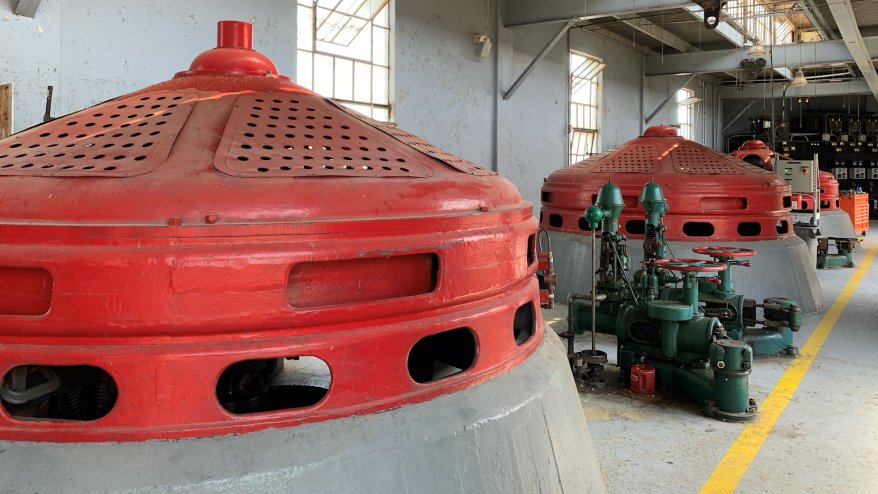
With the Inflation Reduction Act changing the course of the country’s relationship with renewable energy, she remains optimistic for the future of Bowersock and hydropower in general.
“We’re proud to be the 15th lowest impact hydropower facility in the nation.” she said. “Right now, we’re living the realities of climate change. Part of what I love, and what my team loves about coming to work every day, is knowing that we’re part of the solution.”
Yasmine Ferhat is a summer reporting intern with Kansas City PBS. She is studying journalism and film at the University of Kansas.


